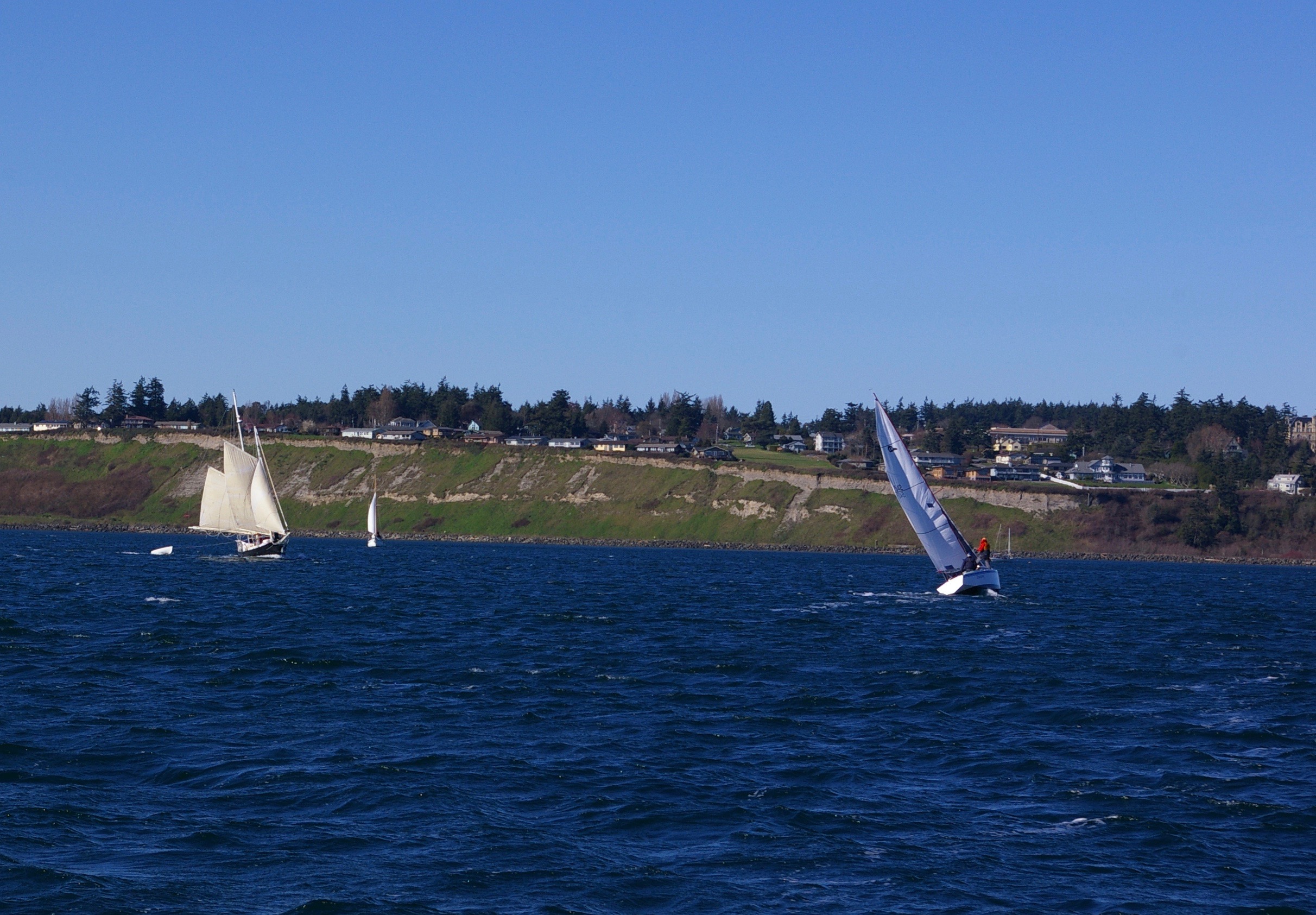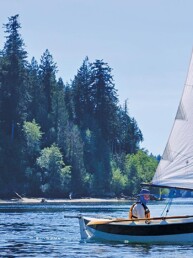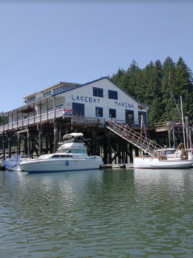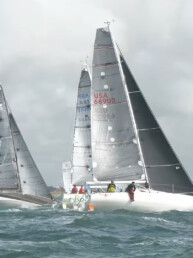By Roland Nikles Thunderbird 1177 “Falcon”
More than seven million people live in the Salish Sea basin, which contains two of North America’s most vibrant and growing cities. We spend most of our time in a built world, in comfortable and safely constructed buildings; we travel on well-regulated roads in safe cars, with hospitals, ambulances, and police never far away; we might on occasion be inconvenienced by snow, but mostly we are not affected by adverse weather. We take the reliability of our infrastructure and supply chains for granted and expect a quick remedy when anything goes wrong.
The moment we venture forth into the Salish Sea in small boats, things are very different. Now we are at the mercy of the weather, which can endanger life and limb. We are forced to find our way across uncertain waters, past invisible shoals and rocks, in strong currents, in wind and waves, often in fog or in dark of night. Waypoints are fewer, less reliable, more difficult to interpret. Things can go terribly wrong and when they do help is far away, harder to contact, unreliable. We are forced to be self-reliant, prepared for disaster, to fall back on ancient seafaring skills.

We have distilled some of this ancient wisdom into rules to be observed by sailors on the Salish Sea, adding a gloss of the modern administrative state to an ancient seafaring tradition. The rules of the road and mandatory lists of safety equipment have been codified to try and help keep mariners safe. They take full advantage of technological innovations that Captain Vancouver and his crews could not have imagined when he sailed upon these waters.
Editor
48° North Editors are committed to telling the best stories from the world of Pacific Northwest boating. We live and breathe this stuff, and share your passion for the boat life. Feel free to keep in touch with tips, stories, photos, and feedback at news@48north.com.






